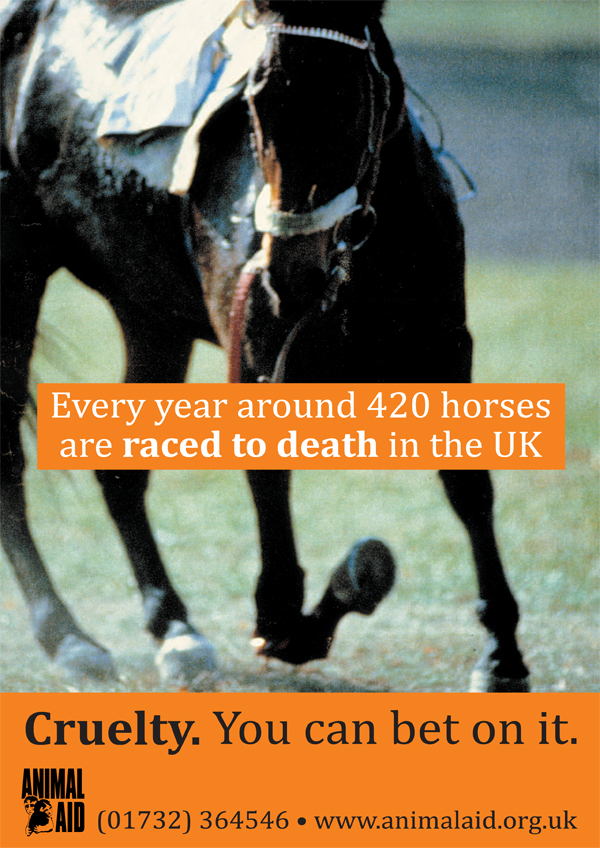Horse racing has long been lauded as an elegant sport, steeped in tradition and history. From the grandeur of the Kentucky Derby to the high-stakes glamour of the Royal Ascot, images of finely-groomed horses galloping effortlessly on lush turf evoke a sense of beauty and excitement. Yet, one must ponder a critical question: Is horse racing merely an elegant sport, or does it harbor underlying elements of animal cruelty? This inquiry leads us to an exploration of the contrasting perspectives fused within this debate.
To juxtapose the two camps, we must first recognize the historical significance of horse racing. This activity can be traced back to ancient civilizations, where it was often associated with nobility, strength, and valor. Even in contemporary settings, the luxurious atmosphere that surrounds race courses—from well-dressed attendees to lavish betting—continues to perpetuate its image as an aristocratic entertainment. However, the allure of this spectacle cloaks a more sinister reality.
Proponents of horse racing often cite the immense care devoted to the animals. These equines receive meticulous training, regular veterinary attention, and high-quality nutrition. Their owners frequently invest significant resources to ensure optimal performance and health. Yet, such assertions provoke skepticism. Does the perceived affluence of horse racing conceal a darker, more insidious truth? Are these horses truly celebrated athletes, or are they unwitting participants in a system that prioritizes winnings over welfare?
The rigorous training regimens imposed on racehorses can lead to considerable physical and psychological stress. These animals often undergo exhaustive workouts at young ages, subjecting their developing bodies to strain and potential injury. The pressures of training can result in serious physical ailments, such as fractures, tendon injuries, and muscular disorders. Consider the alarming statistics: injuries on racetracks can lead to catastrophic outcomes—including the euthanization of horses deemed no longer valuable for racing. Such realities clash dramatically with the elegant ideals surrounding this sport.
Moreover, the use of performance-enhancing substances holds a prominent place within the industry. While some may argue that regulating substances ensures fair competition, one must also recognize the risk of compromising equine welfare. Various medications can mask pain, enabling horses to compete despite underlying injuries. Exploiting a horse’s innate drive to win—even when it means ignoring clear signs of distress—raises ethical questions about the integrity of the sport. Is horse racing truly a noble pursuit, or has it devolved into a ruthless enterprise driven by profit?
Moreover, the breeding practices in the horse racing industry demand scrutiny. Many thoroughbreds are bred primarily for speed, often sacrificing genetic robustness in favor of rapidity. Such selective breeding can lead to an increased prevalence of inherited disorders and other health complications. These racing dynasties, designed to produce champions, often overlook the detrimental consequences on the very animals they venerate. Such systemic practices bring us back to our original inquiry: Are we witnessing a celebration of prowess or a tragedy of exploitation?
The very culture of betting exacerbates the ethical quandary surrounding horse racing. Spectators are often enticed to wager not only for entertainment but also for financial gain. This transactional relationship can place excessive pressure on trainers and owners to produce winning horses, further prioritizing success over welfare. How can the racing industry reconcile its financial incentives with the humane treatment of its equine participants? This dichotomy presents an ongoing challenge that merits thoughtful consideration.
Adding another layer to the debate, the safety measures—and their efficacy—implemented throughout racing events are often called into question. While some tracks have begun to implement safety protocols and aftercare programs for injured horses, these measures are not uniformly enforced. Many horses, once considered less talented or past their prime, are abandoned to find their own way, often landing in dire circumstances. Animal welfare organizations and activists consistently advocate for more stringent regulations and ethical practices. However, the response has been sporadic at best, emphasizing the need for a more robust overhaul of industry standards.
In light of these multifaceted issues, a growing chorus of voices questions horse racing’s place in modern society. Beyond the perception of elegance and grandeur lies a beguiling reality riddled with ethical dilemmas. Is it time for societal values to shift, moving away from the glorification of a sport that may be conspicuously cruel? The choice lies not just with participants but with spectators as well—each individual’s decision to engage with or disengage from horse racing influences its trajectory.
As we engage in this discourse, it is crucial to promote awareness around the realities of horse racing. While the sport may continue to attract admiration and unwavering loyalty, we must not close our eyes to the potential suffering endured by these horses. They serve as our companions, deserving of respect and humane treatment. Can we find a balance between enjoying the thrill of equine grace and ensuring their welfare? The answer remains intricately layered, demanding continued vigilance from both advocates and enthusiasts alike.
Ultimately, the question remains: Is horse racing animal cruelty or an elegant sport? The response may not be definitive. Rather, it encapsulates the ongoing necessity for reflection, reform, and a commitment to the well-being of horses at the heart of this long-standing tradition. Whether society chooses to cherish the sport or demand meaningful changes, one thing is evident: the welfare of these magnificent creatures should never be relegated to the sidelines.





